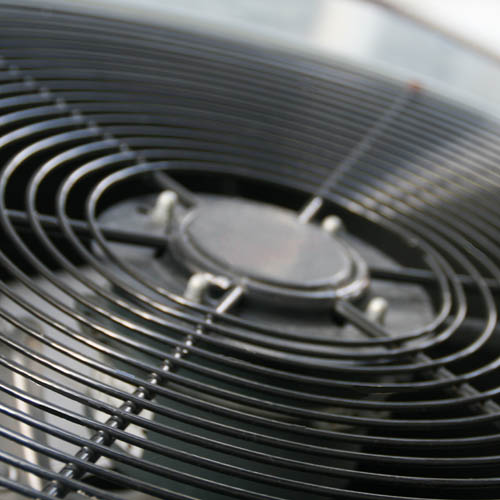Understanding what you risk by installing equipment that is the wrong size.
When heating or cooling equipment is installed in your home that is too big or too small to meet the dynamic heating and cooling demands of your home, then comfort, safety, and the life of the equipment will be compromised. No matter how good the installation, or brand of equipment, an under-sized system won’t provide adequate heating or cooling. A system that is too big will cycle on and off more, run harder, and use more energy. Worse yet, the life of the equipment will be greatly reduced for both your heating and cooling units.

With cooling equipment, oversizing will cause poor humidity removal, leaving your home feeling cold and clammy instead of cool and comfortable. Instead of having longer cycles where it maintains the home’s temperature, the constant short cycling of the compressor turning on and off will also cause excessive heat being applied to the compressor motor windings each time it starts, and lead to premature failure. Think of it like the wear on a car with the continual starting and stopping of city driving—compared to a car that has only highway miles. Which would you rather own when the odometer turns over the first 100,000 miles?
When it comes to heating, oversizing a furnace also causes excessive “on and off’ cycling. Worse, the danger with this is that it can prematurely damage the furnace’s heat exchanger which separates potentially deadly carbon monoxide that can be created by furnace’s flames from the air in your home. With every cycle a furnace runs, the heat exchanger will move and change shape slightly as it expands as it heats up, and then contracts to its original size and shape as it is cooled down. This expansion and contraction of the heat exchanger eventually creates metal fatigue which will cause the metal to crack or break apart, no different than when you fatigue the metal of a paper clip bending it back and forth until it breaks. Oversizing your heating equipment simply creates shorter and more frequent ‘on and off’ cycles, causing your heat exchanger to fail prematurely.
Another problem created by oversized heating equipment is that the short run cycles create cold areas and drafts throughout the house because the furnace is not mixing the air when it’s off. Think about it, people rarely complain about their home’s comfort when the furnace is actually running. It’s when the furnace is not blowing that drafts created by cold windows and infiltration are felt. When a furnace is sized properly, it should be almost constantly running when the outdoor temperature is the coldest. This not only makes the home more comfortable, it reduces the wear on all the parts since wear on most of a furnace’s parts only occurs when it either turns on or turns off. Again, just like a car that only does steady highway driving.
All of the above conditions are reasons why a professional contractor who is invested in your safety, long-term satisfaction, and repeat business will insist on evaluating your home’s specific dynamics before determining the size of equipment needed. This assessment should happen every time a system is replaced because, as stated earlier, the dynamics of a structure can change (e.g., remodeling, insulation, or changes in landscaping) as well as the fact that heating and cooling equipment technology changes year after year.
